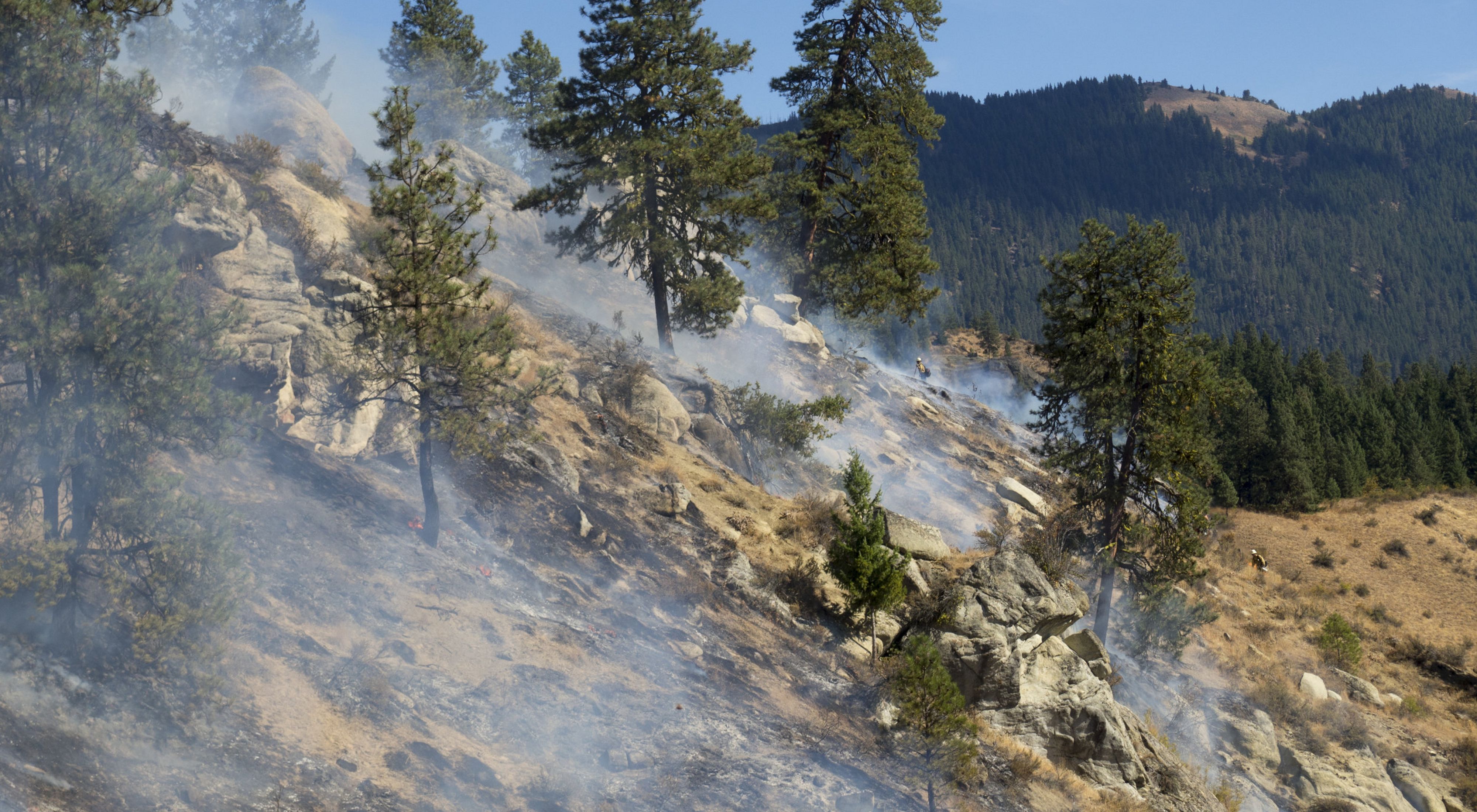More of the right kind of fire will make our forests healthier and reduce risk
Recent summers' smoky skies heightened our awareness of the threat and impact of wildfire in our forests. As we work to diminish that threat, a new study shows an important part of the solution may actually be more fire — of the right type.

The study by scientists from The Nature Conservancy, the US Forest Service, and the University of Idaho shows that the dry forests of Washington and Oregon are experiencing far less low- and moderate severity wildfire compared to a century ago. It demonstrates that historically low-severity wildfire played a huge role in the ecology of these dry forests and that proportionally we are seeing more high-severity fires in its absence.
The study has implications for current and future management of these forests. In a nutshell, said lead author Ryan Haugo, we need much greater use of prescribed fire for controlled fires as well as managed wildfire to restore balance to Oregon and Washington’s dry forests and keep communities safer.
“There is no future without fire,” said Haugo, Conservation Director for the TNC’s Oregon chapter.

The study, The Missing Fire: Quantifying human exclusion of wildfire in Pacific Northwest forests, USA, published April 22, 2019 in Ecosphere, looked at recent and historic wildfires and showed we are actually experiencing less fire in the Northwest, but those fires are more severe.
“Within the areas that have burned over the past three decades, we saw proportionally more high-severity fire—in which more than 75 percent of trees were killed—and much less low- severity fires—where only 25 percent of trees are killed—in our dry forests,” said Haugo. “This is another indication that we need to step up our efforts to bring low-severity fires into the forest using tools like controlled burning to reduce the fuels that feed the high-severity fires.”
While low-severity fires restore resilience in forests, more severe fires change the makeup of the forests such as transitioning from forest to shrublands and grasslands.

The study is not advocating for a return to historic levels of burning, as the very real impacts on people and communities must be addressed. Also, many of our forests are no longer in the same condition as they were in earlier times. For example, the large, old fire-resistant trees that were once common are now missing from many of our forests due to past management.
The solution is better forest management including using prescribed or controlled burns to move towards historic levels of low-severity fire.
“We need to take advantage of this window of opportunity while it exists,” says Haugo. “Prescribed or controlled fire, managed wildfires, and mechanical treatments such as ecological thinning are all methods to restore dry forests to more natural conditions, which would make the dry forests of the Pacific Northwest more resilient as we deal with climate change and worsening summer droughts.”

